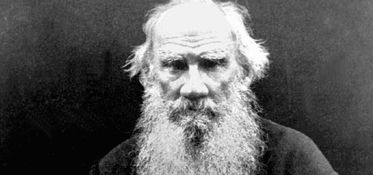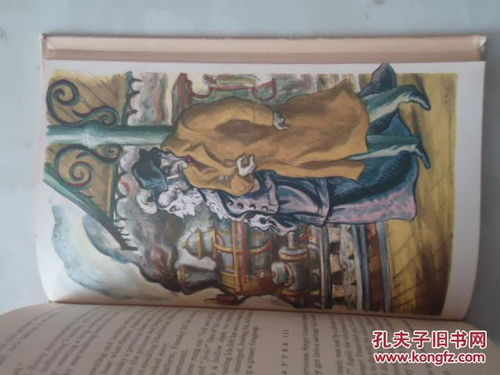
Leo Tolstoy: A Multidimensional Portrait
Leo Tolstoy, a name that resonates with the very essence of Russian literature, was not just a writer but a philosopher, a moralist, and a social critic. Born on September 9, 1828, in Yasnaya Polyana, Russia, his life and works have left an indelible mark on the world. Let’s delve into the various facets of this remarkable individual.
Early Life and Education

Leo was the fourth son of Count Nikolai Tolstoy, a Russian nobleman. His childhood was spent in the vast estate of Yasnaya Polyana, where he developed a deep connection with the land and its people. Educated at home, he was initially tutored by private teachers before enrolling at the University of Kazan in 1844 to study law. However, his interest in literature and philosophy soon overshadowed his academic pursuits.
The Journey to Literature

After completing his studies, Tolstoy traveled to Europe, where he was exposed to various philosophical and political ideas. His experiences abroad, including his time in the army, provided him with rich material for his future writings. It was during this period that he began to write short stories and essays, which were published in various journals.
The Novels: War and Peace and Anna Karenina

Tolstoy’s two most famous novels, “War and Peace” and “Anna Karenina,” are masterpieces of world literature. “War and Peace,” published in 1869, is a sprawling epic that covers the French invasion of Russia in 1812. The novel is renowned for its vivid portrayal of the Russian countryside, its characters, and the complexities of human nature. “Anna Karenina,” published in 1877, is a tragic love story that explores themes of morality, social norms, and the consequences of one’s actions.
| Novel | Publication Year | Themes |
|---|---|---|
| War and Peace | 1869 | War, peace, human nature, social class |
| Anna Karenina | 1877 | Love, morality, social norms, consequences |
Philosophical and Moral Reflections
As a writer, Tolstoy was deeply concerned with the moral and philosophical aspects of human life. His later works, such as “The Death of Ivan Ilyich” and “Resurrection,” reflect his growing interest in Christian ethics and the search for spiritual truth. He believed that the purpose of life was to achieve moral perfection and that the key to this was the practice of self-denial and the pursuit of simplicity.
The Tolstoyan Movement
Leo Tolstoy’s ideas had a profound impact on the Russian intelligentsia and the broader society. His advocacy for non-violence, simplicity, and the abolition of private property led to the formation of the Tolstoyan movement. This movement sought to implement Tolstoy’s ideas in everyday life, leading to the establishment of communes and the promotion of pacifism.
Later Years and Legacy
In his later years, Tolstoy became increasingly reclusive and critical of the Russian Orthodox Church. He renounced his property and lived a simple life, often in conflict with his family. He died on November 20, 1910, in Astapovo, Russia. Despite his reclusive nature, his works continue to be celebrated worldwide, and his ideas continue to inspire readers and thinkers alike.
Leo Tolstoy’s life and works are a testament to the power of literature to explore the deepest aspects of human existence. His novels, philosophical essays, and moral reflections continue to challenge and provoke thought, making him one of the most influential figures in the history of world literature.






